Drone enthusiasts face unique challenges when flying in extreme weather conditions. This summer’s record-breaking heat and widespread wildfires have created new considerations for pilots. Safety remains paramount, both for the equipment and the operators themselves.
In smoky conditions, visibility is the key factor. Pilots must maintain visual line of sight with their drones at all times, adjusting altitude and distance as needed. Heat presents its own set of issues, from potential battery damage to personal health risks. Proper precautions and timing can help mitigate these concerns.
Key Takeaways
- Drone pilots must maintain visual line of sight in smoky conditions
- Extreme heat can impact battery health and personal safety
- Early morning or evening flights offer cooler temperatures and better lighting
Current Climate Conditions
Extreme heat and wildfires are prevalent in many regions. The United States and other parts of the world have experienced unseasonably high temperatures this year. Concurrently, the U.S. has seen a 10-year record in acres burned by wildfires. Surprisingly, humans cause 85% of all wildfires.

Flying drones in these conditions requires careful consideration. Thick smoke poses challenges for drone operators. While regulations prohibit flying in clouds or fog, there are no specific rules about smoke. The key factor is maintaining visual line of sight with the drone at all times.

Smoke can interfere with a drone’s sensors, potentially triggering unexpected landing attempts. Operators should exercise caution when descending through smoke-filled air.
Hot weather also impacts drone operations. Batteries can be damaged by extreme heat, with temperatures above 125°F posing significant risks. It’s crucial not to leave drones or batteries in vehicles on hot days.
Personal safety is paramount when flying in high temperatures. Drone pilots should:
- Drink water frequently
- Seek shade when possible
- Take regular breaks
- Consider flying during cooler parts of the day
Personal cooling devices can help operators stay comfortable in hot conditions. These range from neck fans to more advanced units with multiple cooling modes and extended battery life.
Mobile device overheating is another concern. iPhones are prone to screen dimming in warm weather, which can disrupt drone control. Alternatives include:
- Using dedicated controllers with built-in screens
- Opting for Android devices
- Investing in specialized tablets designed for outdoor use
By taking these precautions, drone enthusiasts can continue to enjoy their hobby safely in challenging climate conditions.
Drone Flight in Smoky Conditions
Visibility Requirements for Drone Operation
Flying drones in smoky environments requires careful consideration of visibility. The primary rule for drone pilots is maintaining visual line of sight. Operators must be able to see their drone with the naked eye at all times, including its heading, altitude, and speed. If smoke obscures the drone, pilots must adjust its position horizontally or vertically to regain visual contact.
Smoke Effects on Drone Systems
Dense smoke can interfere with drone operations in unexpected ways. As smoke thickens, drones descending through it may mistakenly enter landing mode. This occurs because the drone’s sensors interpret the smoke as ground proximity. Pilots should exercise caution when flying in smoky conditions to avoid unintended landings or loss of control.
- Key points for smoky flights:
- Maintain visual line of sight
- Be prepared for unexpected behavior
- Adjust altitude as needed
- Consider delaying flights in very dense smoke
Flying in smoke requires extra vigilance and adherence to safety protocols to ensure successful and Legal drone operations.
Staying Safe in Extreme Heat While Flying Drones
Staying Hydrated and Finding Shade
Drone pilots must prioritize their well-being in hot weather. Drink water before feeling thirsty and seek shade when possible. Take frequent breaks from the heat. Air-conditioned vehicles or large trees provide cool respite. Personal cooling devices can offer relief in extreme temperatures. Some models feature multiple fans, cooling and heating modes, and long battery life.
Recognizing and Preventing Heat-Related Illnesses
Heat exhaustion and heat stroke can develop rapidly in hot conditions. Symptoms may not be immediately apparent, making it crucial to monitor one’s condition closely. Once the body starts overheating, it becomes difficult to cool down. Drone pilots should be vigilant and take proactive measures to avoid heat-related health issues.
Optimal Times for Drone Flights
Early mornings and near sunset are ideal for drone flights in hot weather. These times offer milder temperatures and better lighting conditions for capturing stunning footage and images. If flying during peak heat is necessary, extra precautions should be taken to ensure both pilot and drone safety.
Drone Cooling Solutions for Enthusiasts
Portable Climate Control Advantages
Personal air conditioners offer significant benefits for drone pilots operating in extreme temperatures. These compact devices provide localized cooling, helping enthusiasts stay comfortable during extended flights. By regulating body temperature, they reduce the risk of heat-related illnesses and allow for longer outdoor sessions. Portable coolers enable pilots to focus on their craft without distraction from harsh weather conditions.
Coolify Cyber Device Features
The Coolify Cyber stands out among personal cooling devices with its advanced capabilities. It utilizes four blower fans to distribute cool air in seven directions, ensuring comprehensive coverage. The device offers multiple modes, including cooling, fan, and heating options. With a 6,000 mAh battery, it provides up to 15 hours of fan operation or 3 hours of active cooling. Recharging is quick, reaching 80% capacity in about an hour via USB-C. A unique feature is its smartphone app integration, allowing remote control of settings.
Drone Battery Health in Heat
High temperatures can pose risks to drone batteries. When temperatures exceed 125°F (52°C), battery performance may be compromised. To protect battery health, avoid leaving drones and batteries in hot vehicles, as this can lead to swelling or failure.
If a battery shows any signs of swelling, discontinue use immediately. Do not attempt to reshape swollen batteries. Instead, safely dispose of them at an appropriate recycling center.
Most drones can operate normally in temperatures up to 104°F (40°C) without issues. However, pilots should monitor battery behavior closely in extreme heat. Symptoms of heat-related battery problems may include unexpected power loss or erratic performance.
To maximize battery life in hot conditions:
- Store batteries in a cool, shaded area when not in use
- Avoid prolonged exposure to direct sunlight
- Allow batteries to cool before charging
- Use only manufacturer-approved chargers
Proper battery care helps ensure safe flights and extends the lifespan of drone equipment. Pilots should always follow manufacturer guidelines for temperature limits and storage recommendations.
Mobile Device Considerations for Drone Pilots
iPhone Screen Dimming Concern
iPhone users face a significant challenge when piloting drones in warm conditions. The device’s screen tends to dim even in slightly elevated temperatures, presenting a potential safety hazard during flight operations. This issue persists despite Apple’s efforts to address it, making iPhones less suitable for drone control in many climates.

Device Alternatives
Drone pilots have several options to mitigate screen visibility issues:
- Dedicated controllers: Many drones offer controllers with built-in screens, eliminating mobile device concerns.
- Android devices: A budget-friendly Android phone or tablet can serve as a reliable alternative to iPhones for drone control.
- Specialized tablets: Devices like the TripleTech 9 Pro offer exceptional brightness and durability for drone pilots. The TripleTech Mini provides similar screen quality in a more compact and affordable package.
Selecting an appropriate device is crucial for maintaining visual contact with the drone and ensuring safe flight operations. Screen dimming can lead to loss of control and potential accidents, making it essential to choose a reliable display solution.

Thank you for watching my video and fly safe!
Discover more from DroneXL
Subscribe to get the latest posts sent to your email.

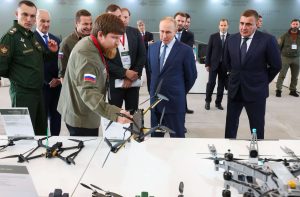



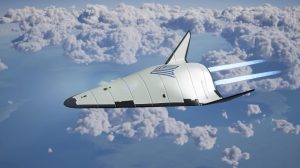
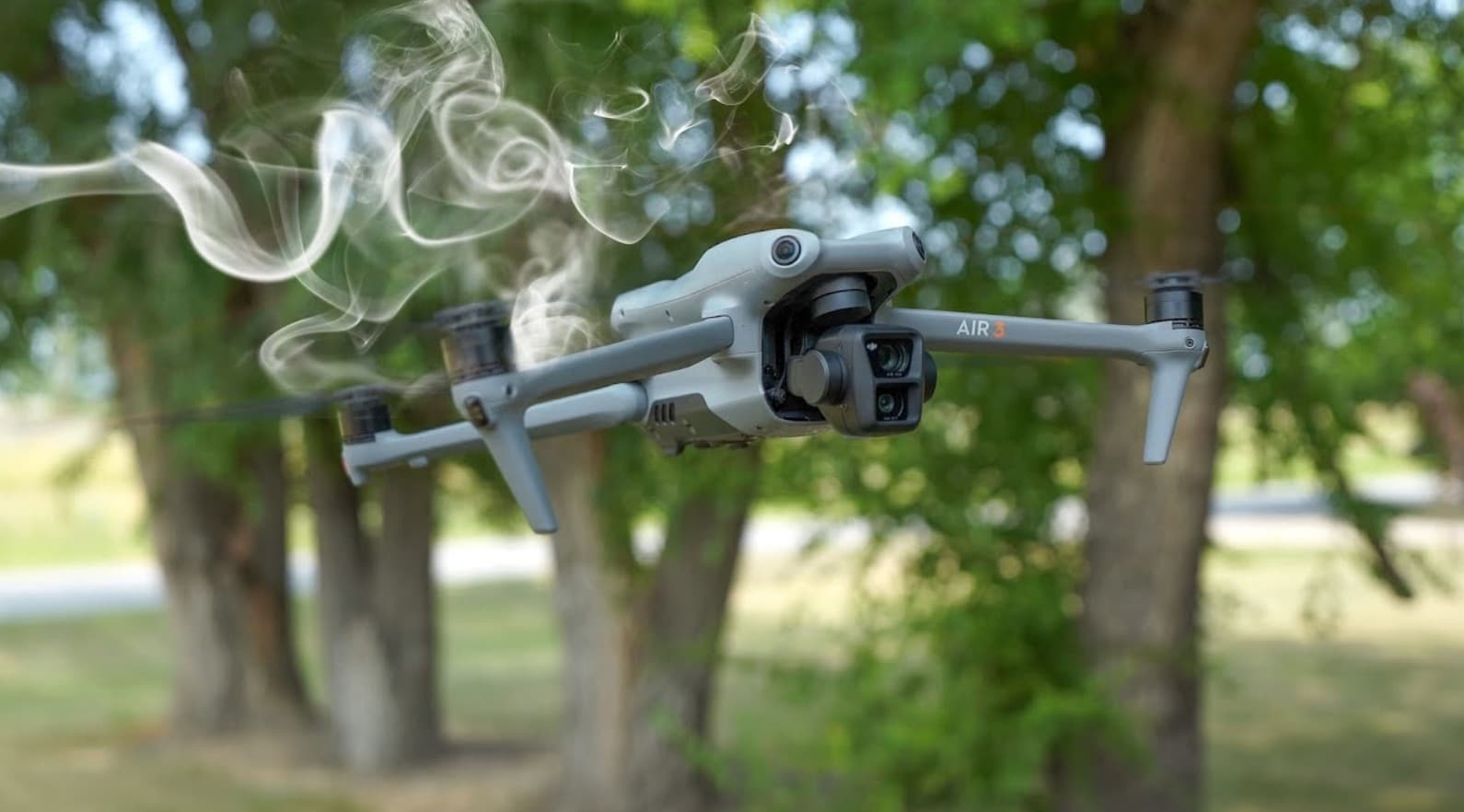
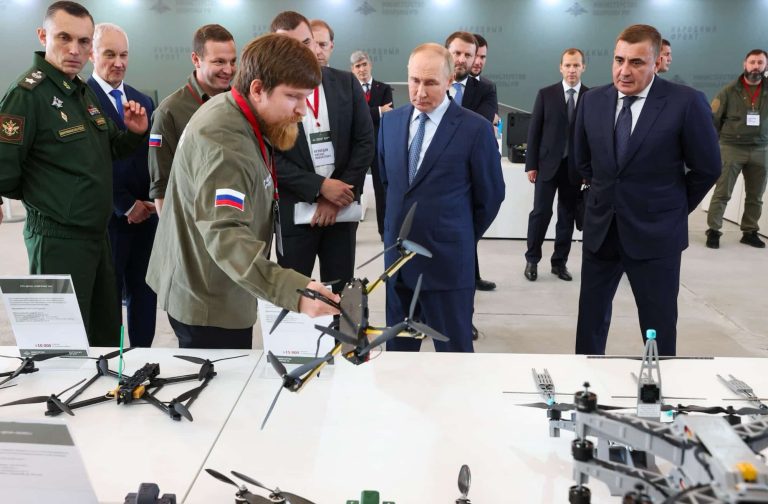
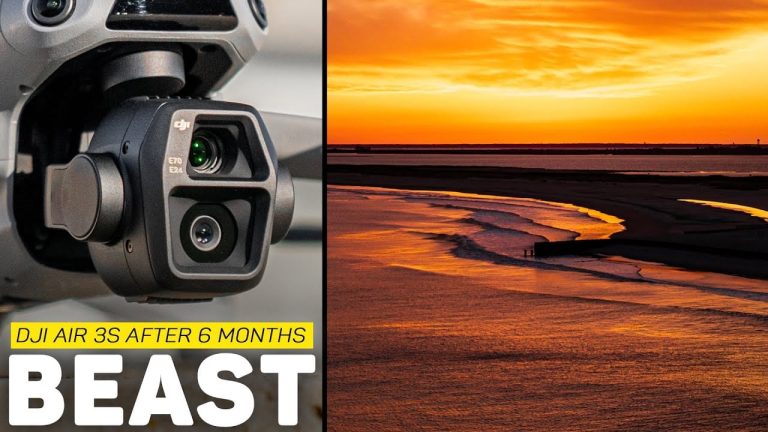
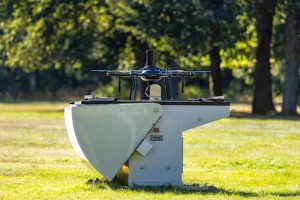


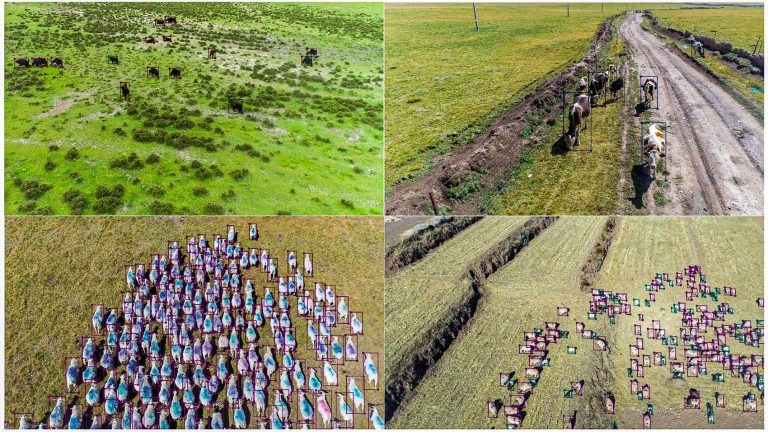

+ There are no comments
Add yours